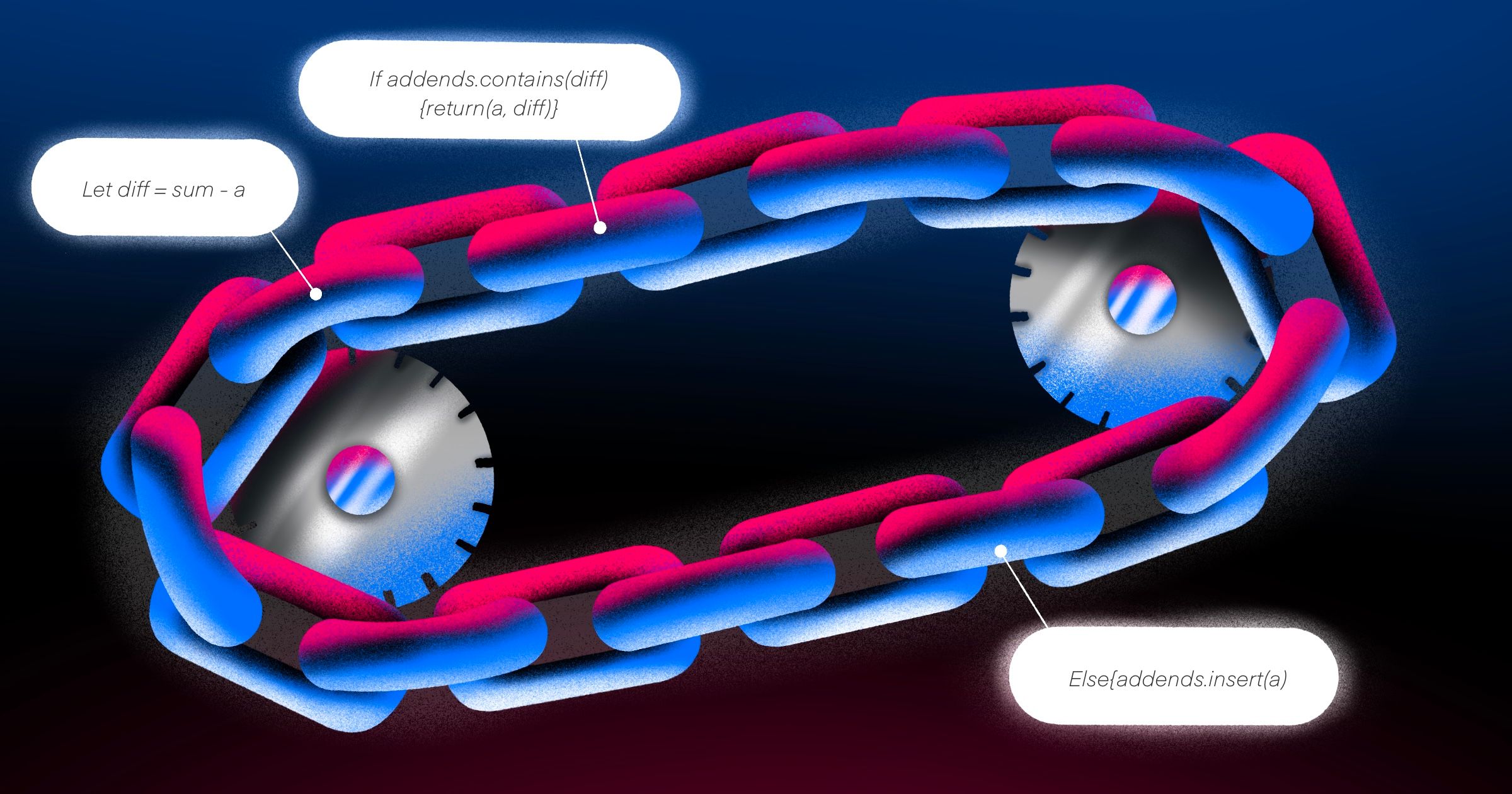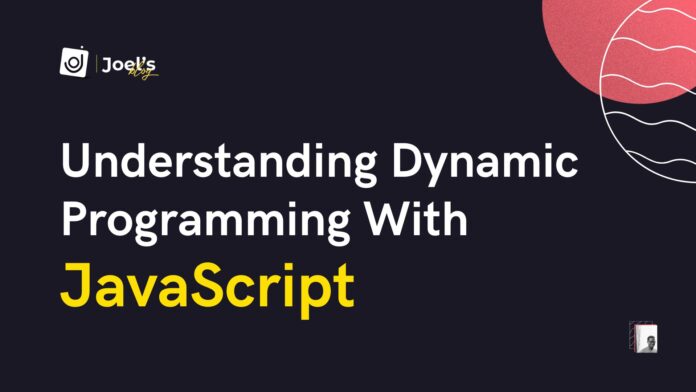Dynamic programming is a powerful algorithmic technique used to solve complex problems by breaking them down into smaller subproblems. It is commonly used in computer science, mathematics, and economics, and has numerous real-world applications.
In this blog post, we will provide an in-depth understanding of dynamic programming, including its fundamental concepts, common techniques, popular problems, and best practices for implementation. By the end of this post, you will have a strong grasp on how dynamic programming works and be able to apply it to solve challenging problems.
Fundamental Concepts
Before diving into the details of dynamic programming, it is essential to understand some fundamental concepts that form the basis of this technique.
Overlapping Subproblems
The first concept to grasp is overlapping subproblems. It refers to the occurrence of the same subproblem multiple times in a larger problem. In other words, solving a larger problem requires solving the same smaller problem repeatedly.
To better illustrate this concept, let’s take the example of finding the nth Fibonacci number. The Fibonacci sequence is a series of numbers where each number is the sum of the two preceding ones. So, the sequence starts with 0, 1, 1, 2, 3, 5, 8, 13, and so on.
To find the nth Fibonacci number, we can use the following recursive formula:
F(n) = F(n-1) + F(n-2)So, to find F(5), we need to calculate F(4) and F(3). But to calculate F(4), we also need to calculate F(3) as it appears in both F(5) and F(4). This illustrates the overlapping subproblems concept, which we will use to optimize our solutions using dynamic programming.
Optimal Substructure
The second fundamental concept of dynamic programming is optimal substructure. It means that the solution to a larger problem can be constructed from the solutions of its subproblems. In other words, if we have the optimal solutions to all subproblems, we can combine them to get the optimal solution to the original problem.
Continuing with our Fibonacci example, let’s say we have already calculated F(4) and F(3), which are 5 and 3, respectively. We can then calculate F(5) by adding these values together, resulting in 8, which is the correct answer for F(5). This illustrates the optimal substructure concept, where the solution to F(5) depends on the solutions to its subproblems F(4) and F(3).
Now that we have covered the fundamental concepts of dynamic programming let’s move on to some common techniques used in this approach.
Common Dynamic Programming Techniques
There are two types of dynamic programming techniques: top-down (memoization) and bottom-up (tabulation). Both these techniques use the concept of storing and reusing solutions to subproblems to optimize the overall solution.
Top-Down Approach (Memoization)
The top-down approach, also known as memoization, involves breaking down a larger problem into smaller subproblems and storing their solutions so that they can be reused when needed. This technique follows a recursive approach, where the solution to a larger problem depends on the solutions to its subproblems.
Let’s revisit our Fibonacci example to understand how memoization works. Instead of calculating the nth Fibonacci number every time, we can store the solutions to the smaller subproblems using an array or a hash table. So, when we need to calculate F(5), instead of recalculating F(4) and F(3), we can simply retrieve their solutions from our storage data structure. This reduces the time complexity from O(2^n) to O(n), making it a much more efficient solution.
Bottom-Up Approach (Tabulation)

The bottom-up approach, also known as tabulation, involves solving smaller subproblems first and then using their solutions to solve larger problems. This technique follows an iterative approach, where we start with the base cases and then build up to the final solution.
In our Fibonacci example, instead of starting with F(5) and breaking it down into smaller subproblems, we can start from the base cases F(0) and F(1) and calculate their solutions. Then, using these solutions, we can calculate F(2) and so on until we reach F(5). This technique also reduces the time complexity to O(n).
Now that we have covered the two common techniques used in dynamic programming let’s explore some popular problems that can be solved using this approach.
Popular Dynamic Programming Problems
Dynamic programming has a wide range of applications, and there are many problems that can be solved using this technique. In this section, we will discuss some of the most popular dynamic programming problems.
Knapsack Problem
The knapsack problem is a classic optimization problem that involves finding the maximum value that can be obtained by selecting items with limited capacity. The problem is often represented in terms of weight and profit, where each item has a weight and a corresponding profit value. The goal is to select items that maximize the total profit while staying within the capacity limit.
Using dynamic programming, we can solve the knapsack problem efficiently by breaking it down into smaller subproblems and storing their solutions. This allows us to avoid recalculating the same subproblems, leading to a time complexity of O(nW), where n is the number of items and W is the weight limit.
Longest Common Subsequence
The longest common subsequence (LCS) problem involves finding the longest subsequence that is common to two given sequences. A subsequence is a sequence that appears in the same order in both sequences but may not be contiguous. For example, given two sequences “ABCD” and “BD”, their LCS would be “BD”.
This problem can also be solved using dynamic programming by breaking it down into smaller subproblems and storing their solutions. The time complexity of this approach is O(nm), where n and m are the lengths of the two sequences.
Coin Change Problem
The coin change problem is another classic optimization problem that involves finding the minimum number of coins needed to make a certain amount of change. It is often represented in terms of a set of coin denominations and the target amount of change. The goal is to find the minimum number of coins needed to make the target amount.
Using dynamic programming, we can solve this problem efficiently by breaking it down into smaller subproblems and storing their solutions. This approach has a time complexity of O(nm), where n is the number of coins and m is the target amount.
Best Practices for Implementing Dynamic Programming
To effectively use dynamic programming, there are some best practices that you should keep in mind while implementing it.
Identify Overlapping Subproblems
The first step in solving a problem using dynamic programming is identifying if it exhibits overlapping subproblems. If it does, then dynamic programming can be applied to optimize the solution. This can be done by looking for repeated calculations or patterns within the problem.
Define the Optimal Substructure

Once you have identified the overlapping subproblems, the next step is to define the optimal substructure. This involves determining how the subproblems are related to each other and how their solutions can be combined to get the final solution.
Choose the Appropriate Technique
Depending on the problem, you can choose between the top-down (memoization) or bottom-up (tabulation) approach. While both techniques offer the same time complexity, one may be more suitable for a particular problem than the other.
Use Space Optimization Techniques
Dynamic programming often involves using storage data structures to store solutions to subproblems. However, these data structures can take up a lot of space, especially for larger problems. To optimize space, you can use techniques like rolling arrays or clever data structure choices.
Conclusion
In conclusion, dynamic programming is a powerful algorithmic technique that can be used to solve complex problems efficiently. It involves breaking down a problem into smaller subproblems and using their solutions to optimize the overall solution. By understanding its fundamental concepts, common techniques, popular problems, and best practices for implementation, you can become proficient in using this approach to solve challenging problems. So, next time you encounter a problem that seems too difficult to solve, remember to apply the principles of dynamic programming to break it down and conquer it.


